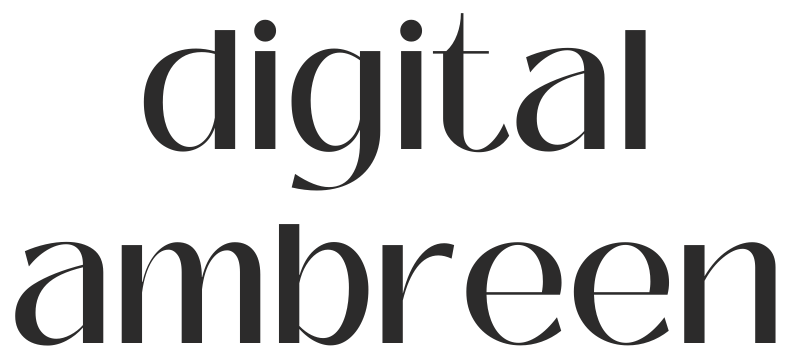Using a prelaunch strategy to create an engaged audience
Building an engaged audience is so important, just because of the fact that you have a pool of people that are ready to buy. They are active, nurtured, and have trust / confidence in you.. which basically means that they are way more likely to buy any product that you put out.
Rather than creating a product and then marketing it, this tactic does most of the work before the launch of the product.
I found this concept particularly interesting because I looked at it as a low-risk investment of time, and also a method of testing the market prior to launching a product.
The way I looked at it was: using this pre-launch strategy can work wonders to build a community around the online product that I want to create, and help me test the audience and build a community while the product is in creation.
This was big one – because one of the fears I have is putting my time and effort into creating the product, and then not having an audience to sell to. Or marketing it and not having anyone buy it, just because I wasn’t able to efficiently reach the right people.
This meant putting 3-6 months of my time into making the product, and then AFTER that, spending another 3-6 months in marketing to create an audience, build trust, persuade my potential buyers, and then generate sales.
But with the Prelaunch Strategy, it opened a door for me that meant I can do both, at the same time. I can get that audience ready, while I’m simultaneously creating my product. Which cuts my investment of time (and fear of not knowing how people are going to respond) into half.
That’s just the way I’m looking at it, of course.
Anyways, I’m outlining the basic prelaunch strategy here:
90 days of prelaunch
Offer free content every week (revolving around the topic your product is related to). This can be a blog, video, podcast.
Offer a freebie with every piece of content. A PDF download, a guide, a checklist – anything downloadable that is related to that weeks content.
Every freebie should have its own opt-in page, which goes to a thank you page. (An opt in page is the page you send them to download the freebie, by entering their email address – you then send the freebie to them via email).
The thank you page (which people go to after entering their email to get the downloadable) should have the Facebook Pixel on it, so that you are tracking people who’ve opted in (basically creating that audience who’ve expressed interest, so you can market to them later – these are warm leads for your product!)
Email the people who’ve been opting in every week with your free content – this gets them into the habit of opening up your emails regularly to see that free content with the freebie.
Use Facebook Live to engage with them further – you can talk about your previous content in further detail, or prep them for upcoming content by focusing on the problems / challenges that’s going to revolve around. Reiterate on the freebie downloads, to send people who haven’t yet downloaded it to the opt in page.
Create a community (using a FB group is easiest) of these people who are reading your content every week.
Hold a 21 day challenge to really engage them and have them interact with you – you’re kind of becoming their friend in this process, and the trust in them taking actions you’re asking them to is being solidified.
Post the 21 day challenge, they are active, engaged, and ready to take action.
This might be a little over the top for people who aren’t very familiar with digital marketing or Facebook Advertising.
If you have questions, feel free to get in touch and I wouldn’t mind explaining it in a little more detail, or pointing out some additional resources you can refer to in order to understand this better.
